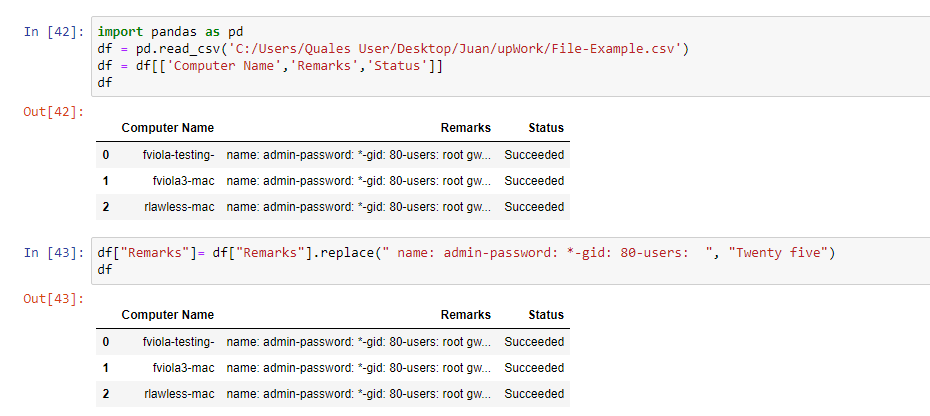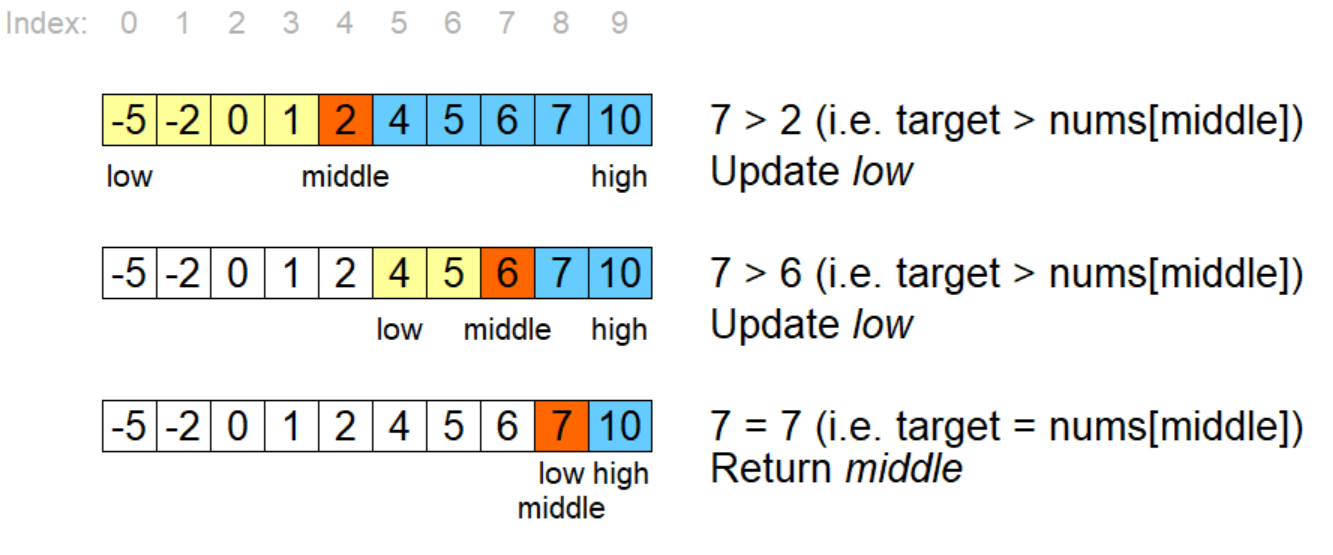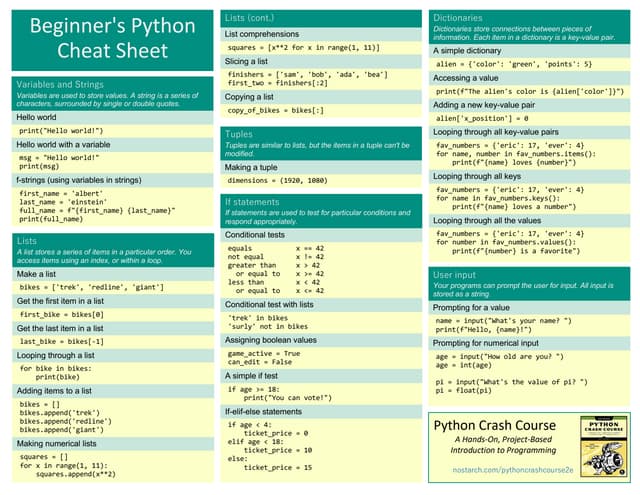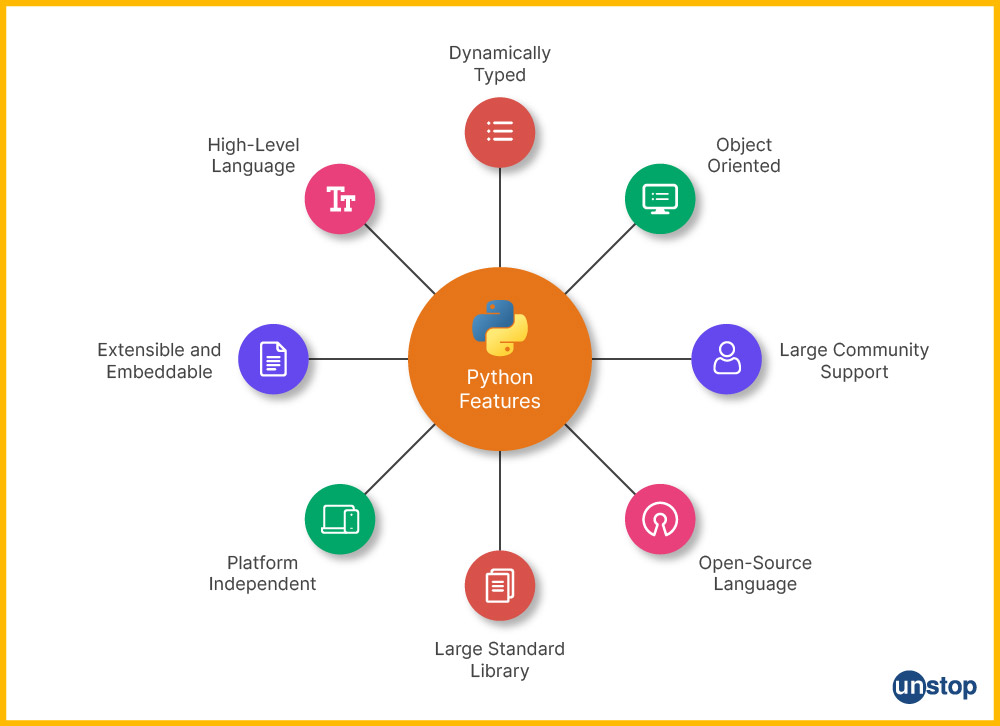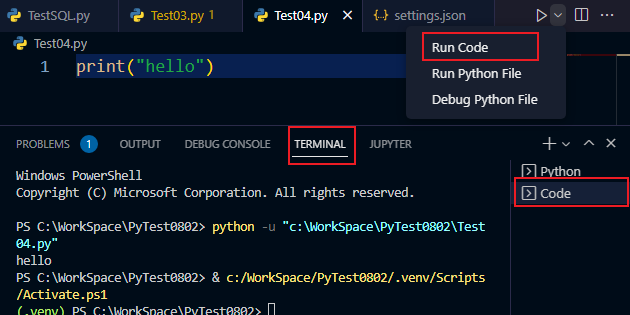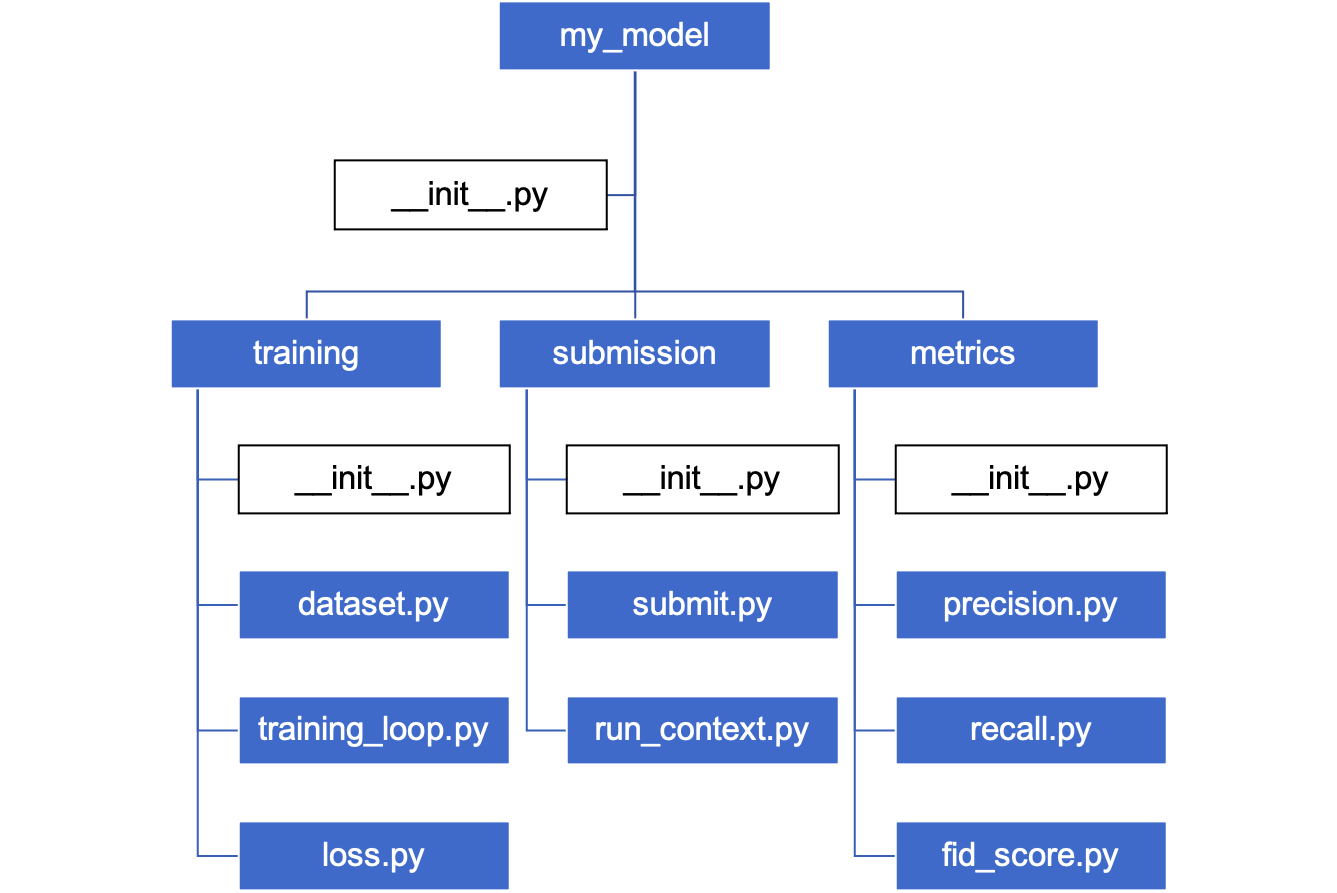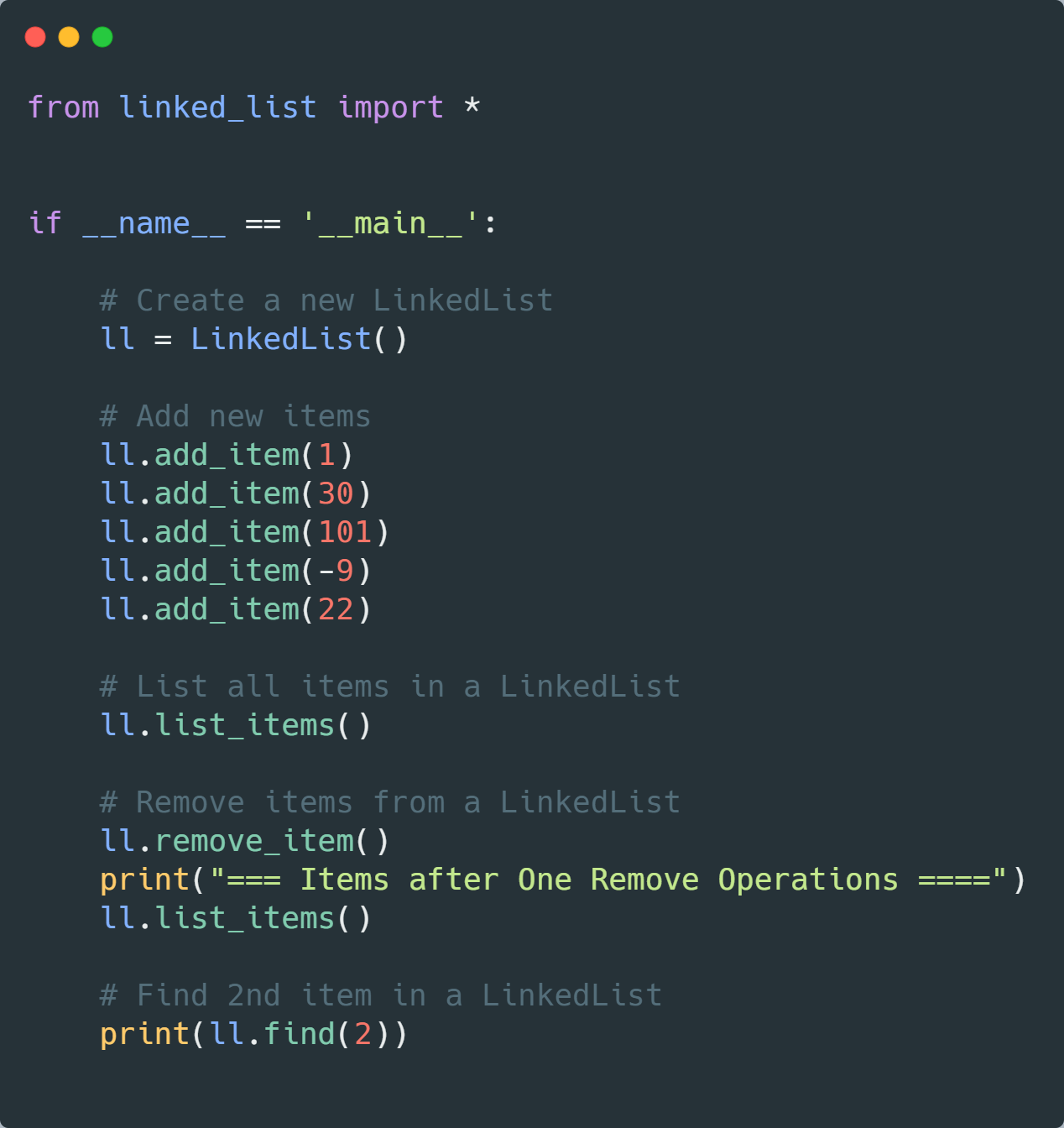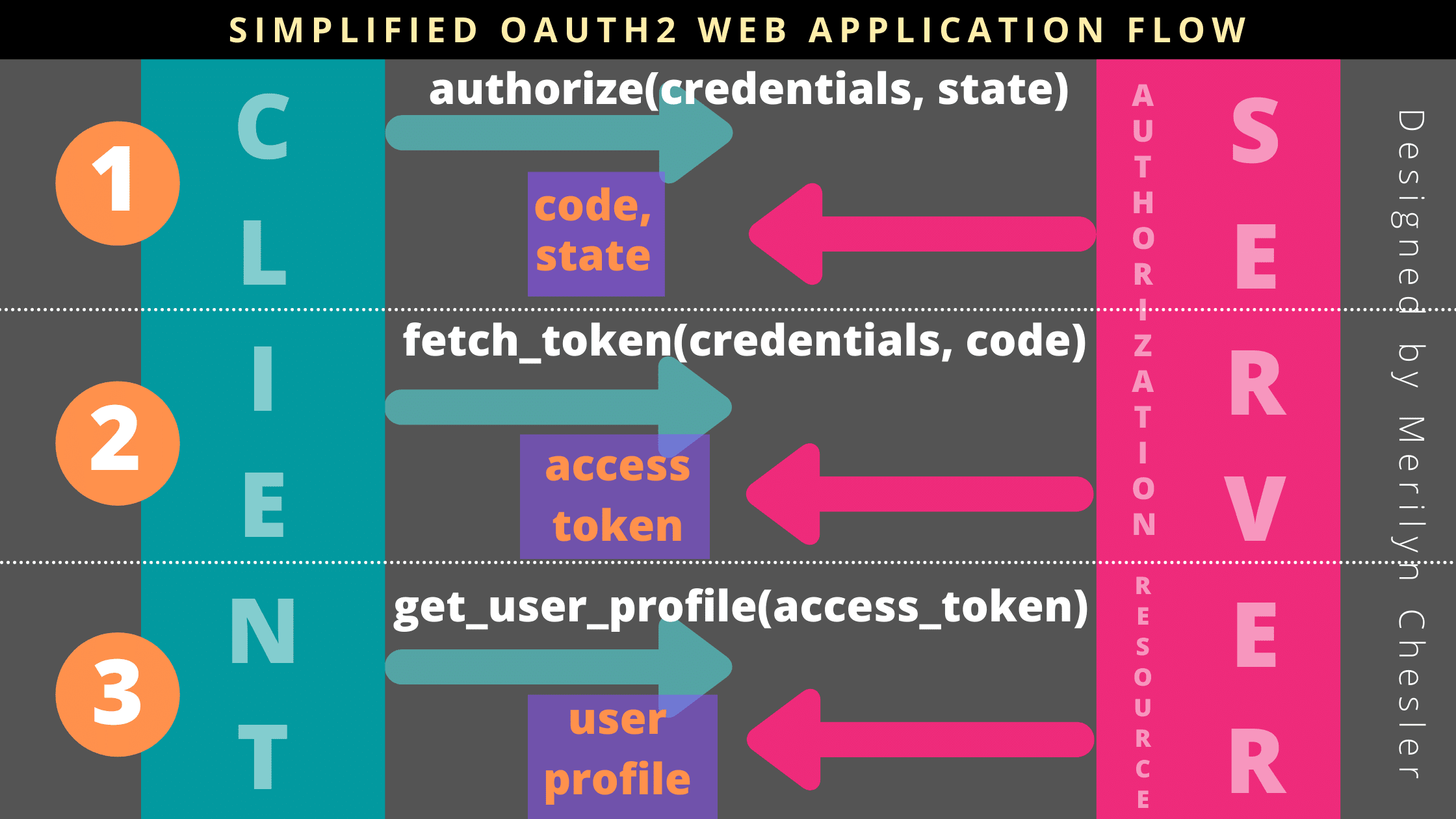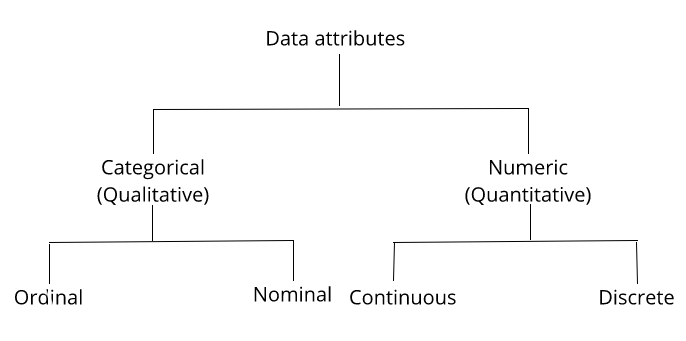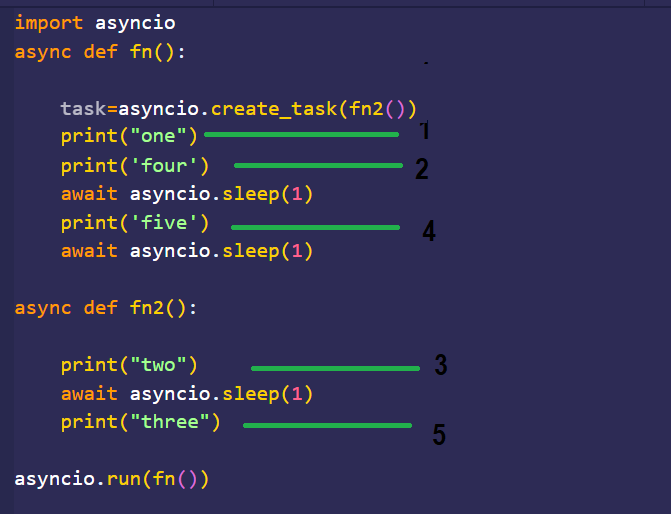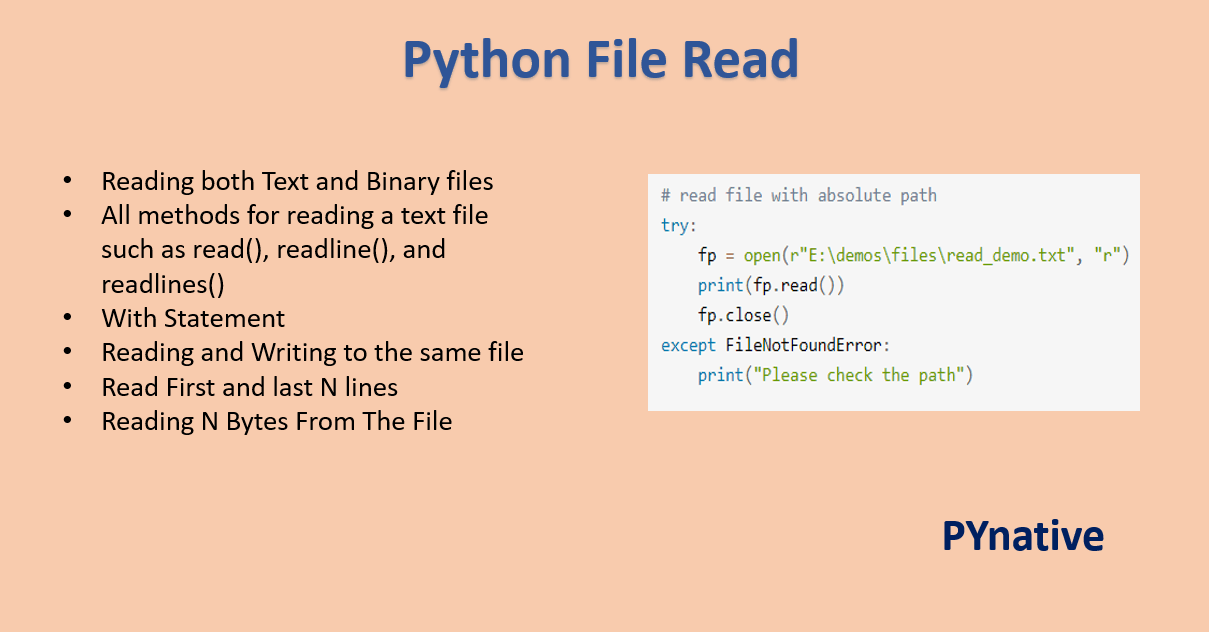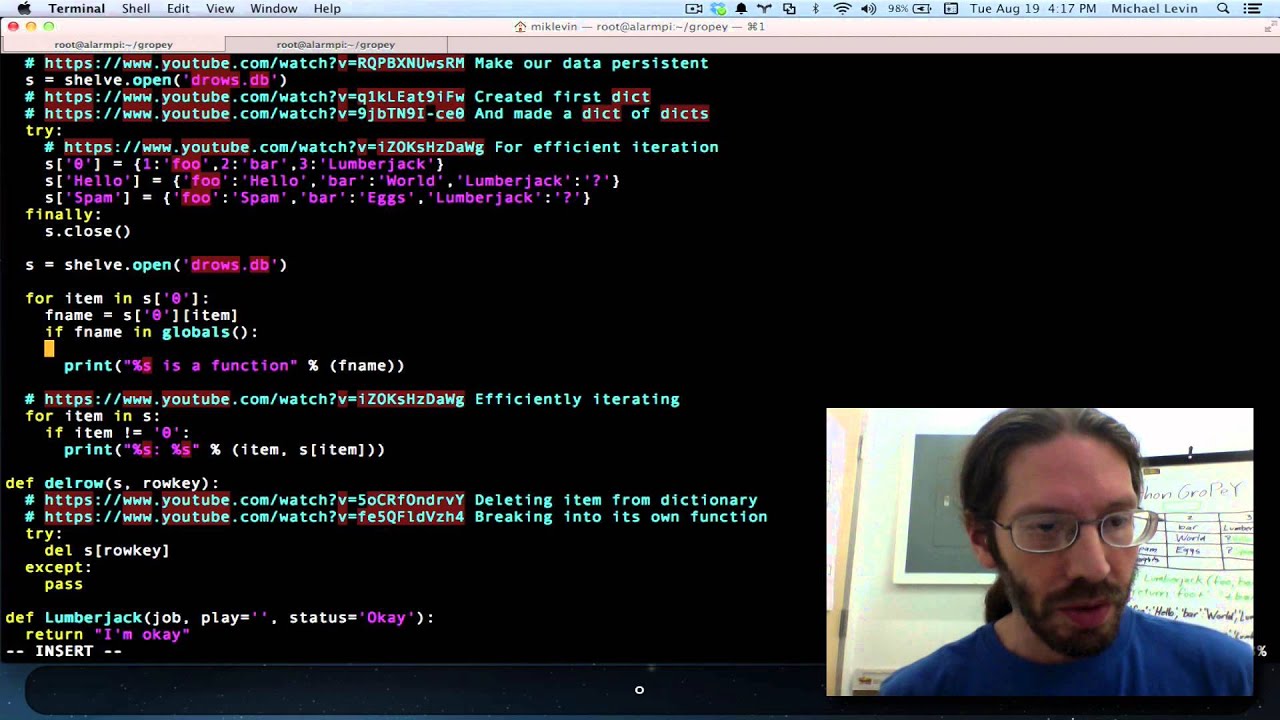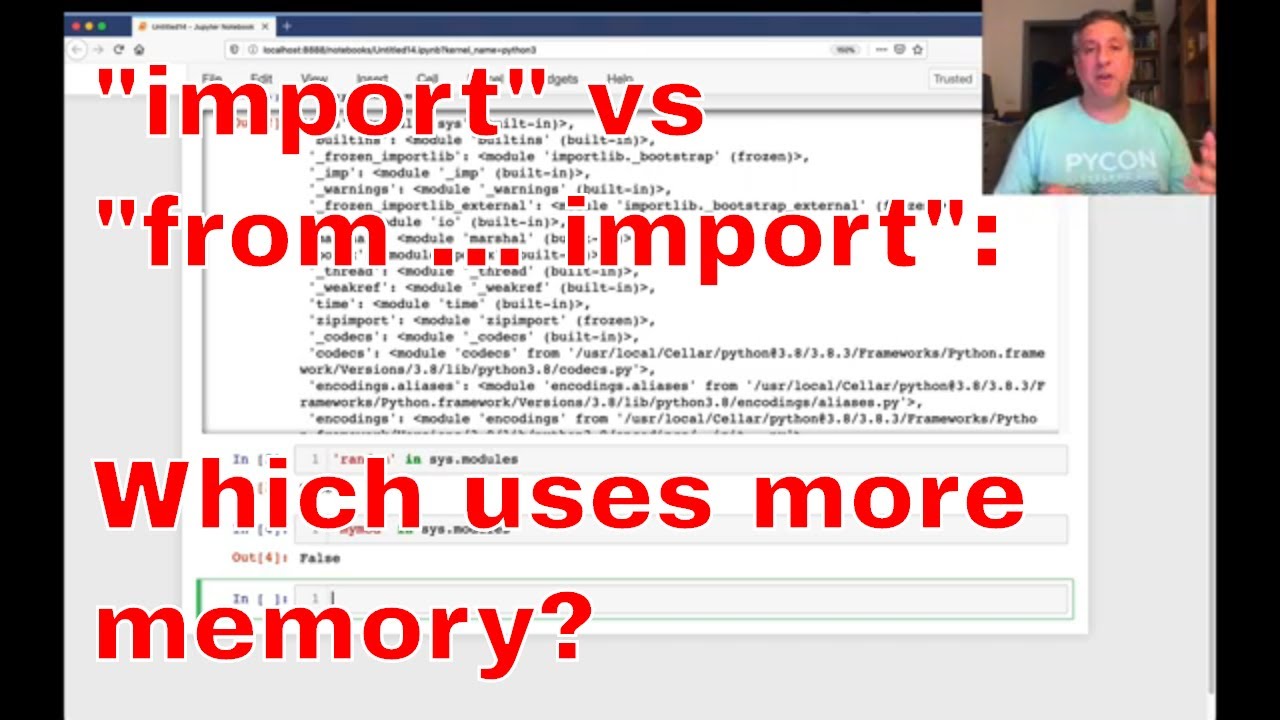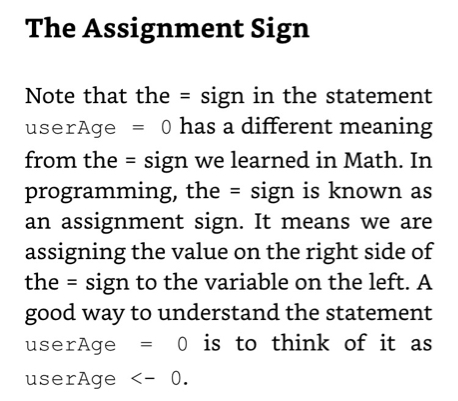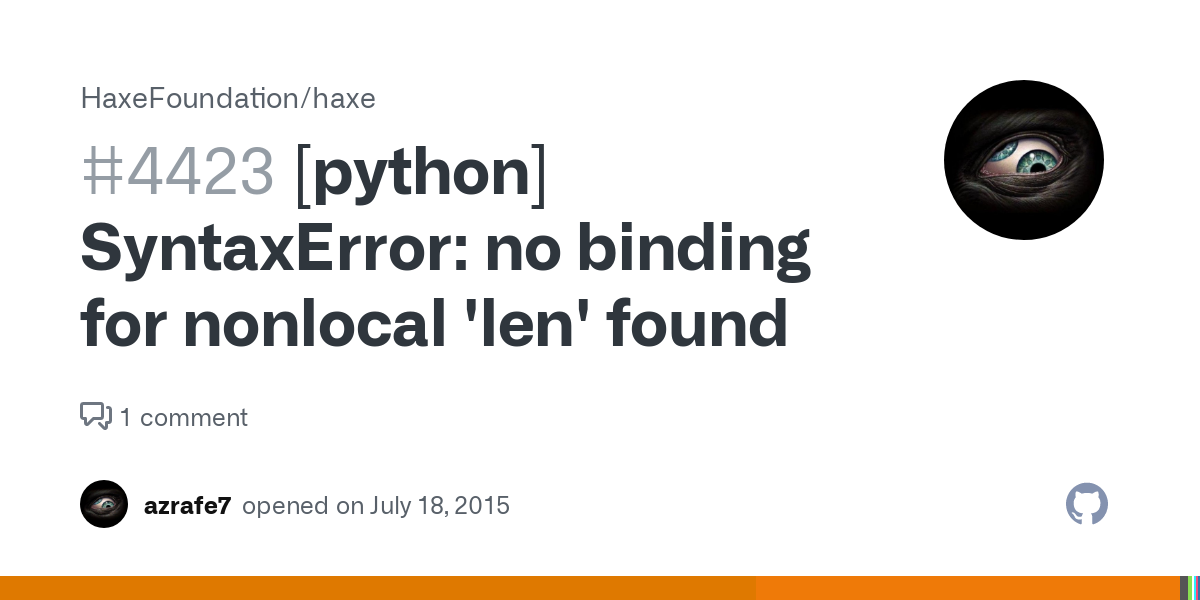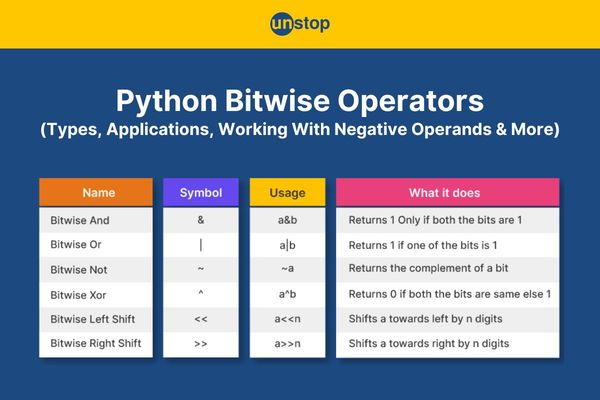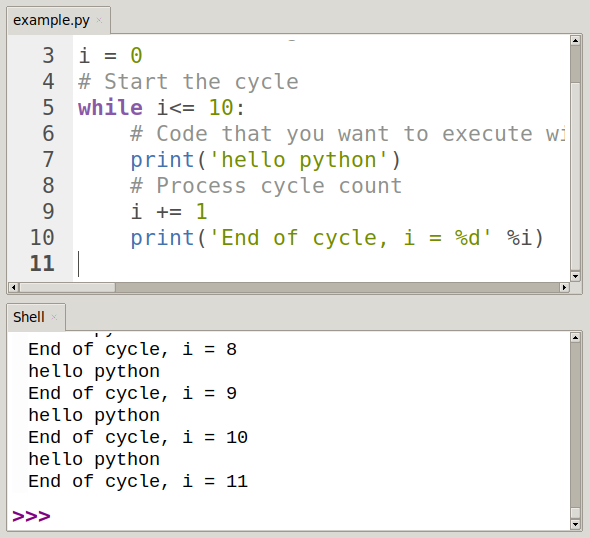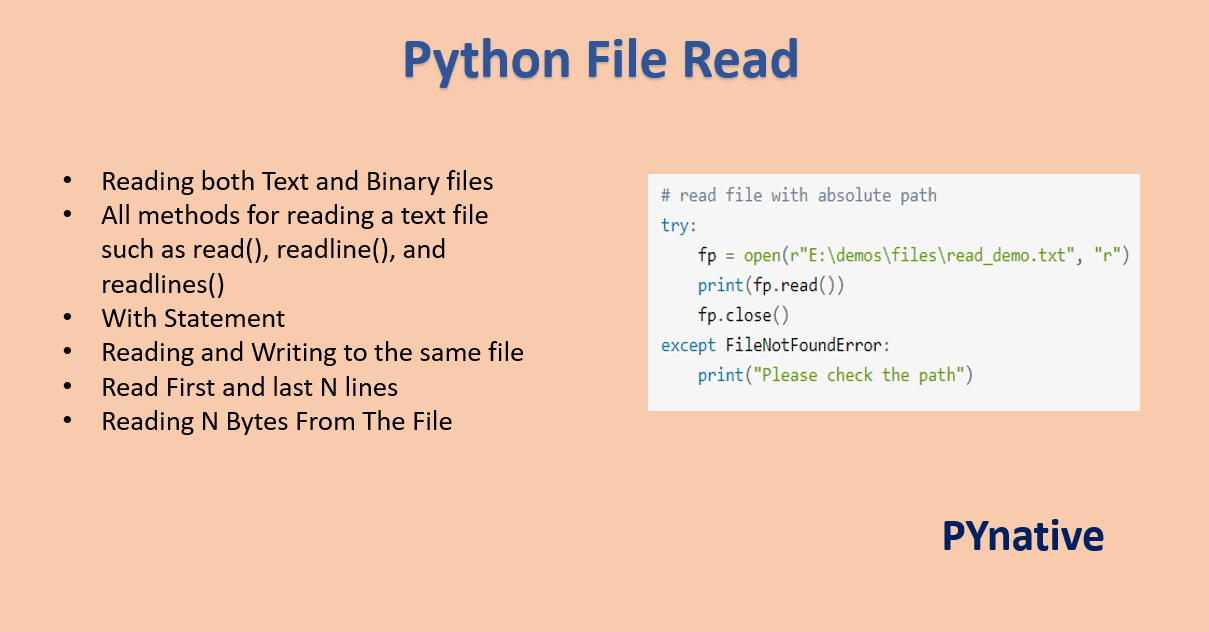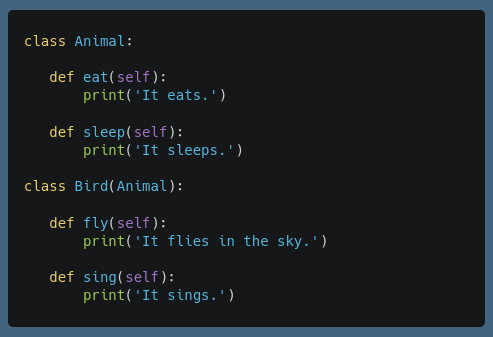What are the encryption methods in Python?
What are the encryption methods in Python?
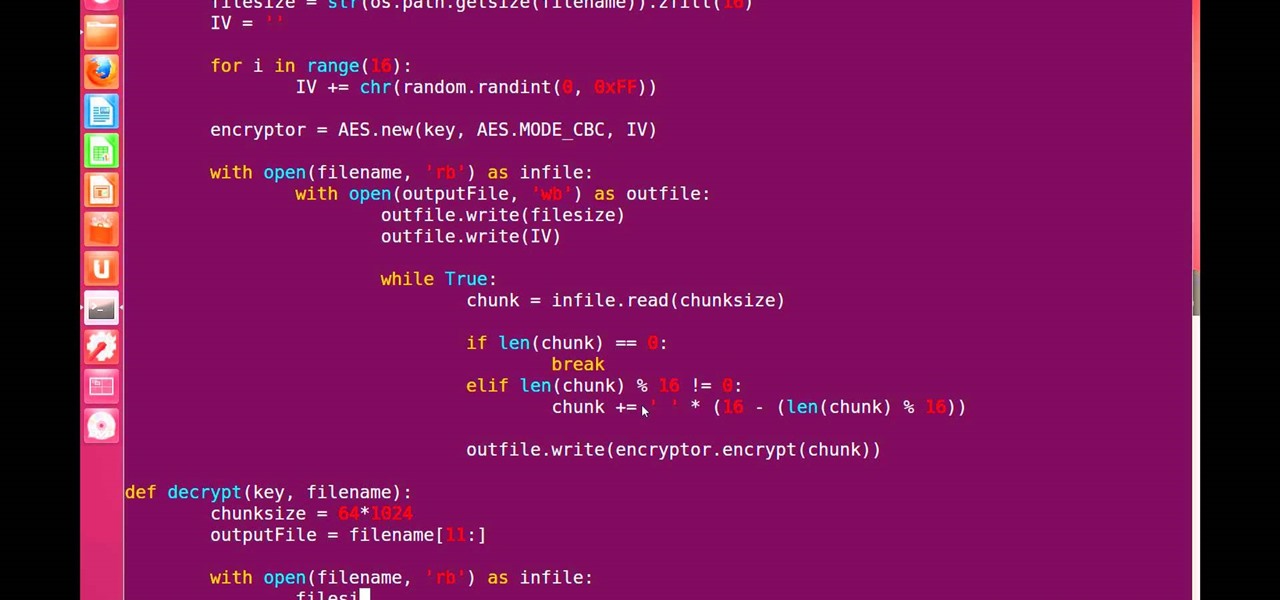
I'd be happy to provide a detailed answer in English!
Encryption is an essential aspect of data protection, and Python provides various libraries and methods for encrypting data. Here's a comprehensive overview:
1. Cryptography Libraries:
Python has several cryptography libraries that offer encryption capabilities:
cryptography: A comprehensive library providing various cryptographic primitives like symmetric and asymmetric encryption, digital signatures, and more.
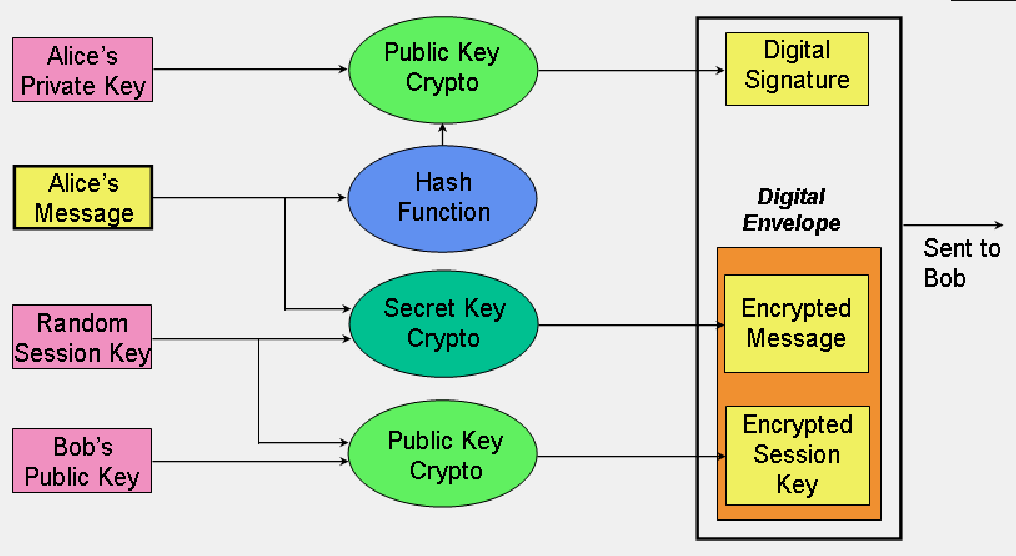
pycryptodome: Another popular library offering a range of cryptographic algorithms for encryption, decryption, and digital signature verification.
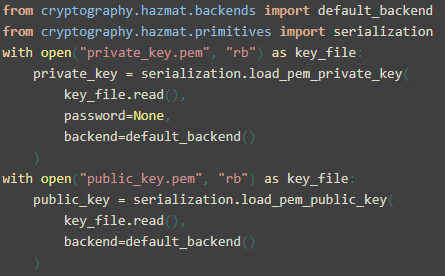
OpenSSL: Python wrapper around the OpenSSL library, which provides support for multiple encryption algorithms.
2. Symmetric Encryption Methods:
Symmetric encryption uses the same key for both encryption and decryption.
AES (Advanced Encryption Standard): A widely used encryption algorithm, with key sizes ranging from 128 to 256 bits. DES (Data Encryption Standard): An older symmetric encryption algorithm, considered insecure due to its small key size (56-bit) and vulnerability to attacks. Blowfish: A block cipher with variable-length keys (32-bit to 448-bit).3. Asymmetric Encryption Methods:
Asymmetric encryption uses different keys for encryption and decryption.
RSA (Rivest-Shamir-Adleman): The most widely used public-key encryption algorithm, based on the difficulty of factoring large numbers. Elliptic Curve Cryptography (ECC): A modern alternative to RSA, offering similar security with shorter key sizes.4. Digital Signature Methods:
Digital signatures provide authenticity and integrity for data.
RSA: Used for both encryption and digital signature verification. ECDSA (Elliptic Curve Digital Signature Algorithm): A variant of ECC specifically designed for digital signatures.5. Hashing Functions:
Hash functions create a fixed-size hash value from variable-sized input data.
MD5 (Message-Digest Algorithm 5): An older hashing algorithm, now considered insecure due to its vulnerability to collisions and preimages. SHA-256 (Secure Hash Algorithm 256): A widely used hashing algorithm providing high security and collision resistance.6. Other Encryption Methods:
Python also provides libraries for other encryption-related tasks:
Compression: Libraries likezlib or lzma offer compression algorithms to reduce data size. MAC (Message Authentication Code): Libraries like HMAC provide message authentication capabilities, ensuring the integrity of transmitted data.
To illustrate how these encryption methods work in Python, here's a simple example using the cryptography library for AES-256 symmetric encryption:
from cryptography.hazmat.primitives import paddingfrom cryptography.hazmat.primitives.ciphers import Cipher, algorithms, modes
Set up the encryption contextkey = secrets.token_bytes(32)
iv = secrets.token_bytes(16)
Create a cipher object with AES-256 in CBC modecipher = Cipher(algorithms.AES(key), modes.CBC(iv), default_backend())
Encrypt and decrypt dataplaintext = b"This is some secret data"
ciphertext, tag = cipher.encrypt_and_digest(plaintext)
decrypted = cipher.decrypt_and_verify(ciphertext, tag)
print(decrypted) # Output: b"This is some secret data"
This example demonstrates the basic encryption process using AES-256 in CBC mode with a random key and initialization vector (IV). The cryptography library provides more advanced features, such as padding, digital signatures, and hashing.
In conclusion, Python offers various libraries and methods for encrypting data, including symmetric and asymmetric encryption, digital signature verification, hashing functions, and compression. By leveraging these tools, you can effectively protect your data from unauthorized access or tampering.
Python decryption codepen
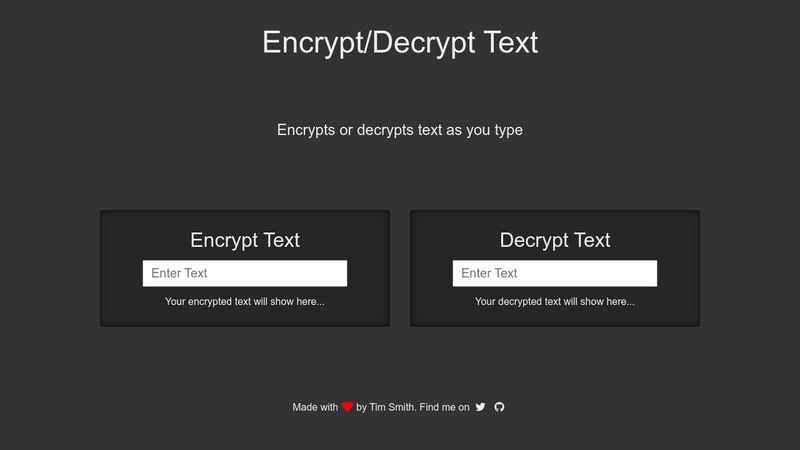
I understand that you are looking for a Python decryption code and would like me to provide it in English. Here is a simple example of a decryption program in Python:

def decrypt(encrypted_text, key):
decrypted_text = ""
for char in encrypted_text:
if char.isalpha():
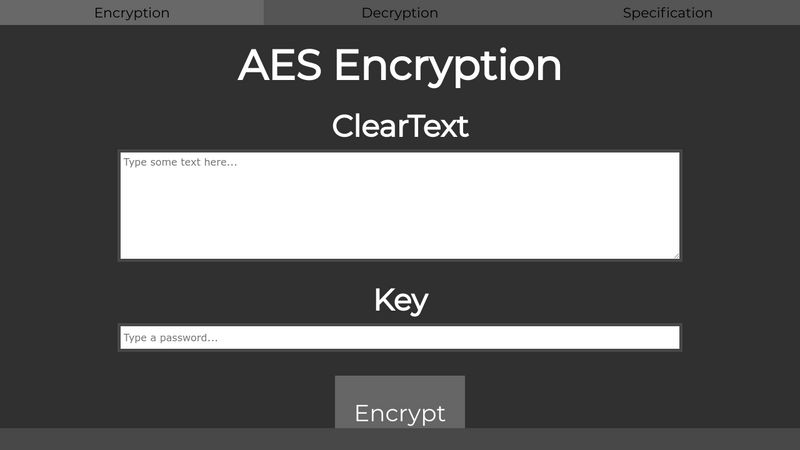
ascii_offset = 65 if char.isupper() else 97
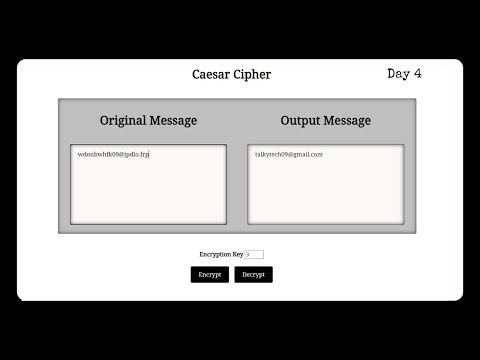
decrypted_char = chr((ord(char) - ascii_offset + key) % 26 + ascii_offset)
decrypted_text += decrypted_char
else:
decrypted_text += char
return decrypted_text
Example usage
encrypted_text = "KhoorZruog!"
key = 13 # The Caesar Cipher key is used here. If the encrypted text was generated using a different method, you might need to adjust this value.
decrypted_text = decrypt(encrypted_text, key)
print(decrypted_text) # Output: HelloWorld!
This codepen uses the Caesar Cipher decryption algorithm, which is a simple encryption technique that replaces each letter with a fixed number of positions down the alphabet. The decrypt() function takes an encrypted string and a decryption key as input, and returns the decrypted text.
In this example, we're decrypting the classic message "KhoorZruog!" (which corresponds to "HelloWorld!" when decrypted), using a decryption key of 13. The key is used to shift each letter by 13 positions down the alphabet. For example, the encrypted letter "K" becomes "H", because K and H are separated by 12 positions in the alphabet. This process continues for all letters in the string.
Please note that this algorithm is not particularly secure or efficient, but it's a good starting point for simple encryption tasks.
